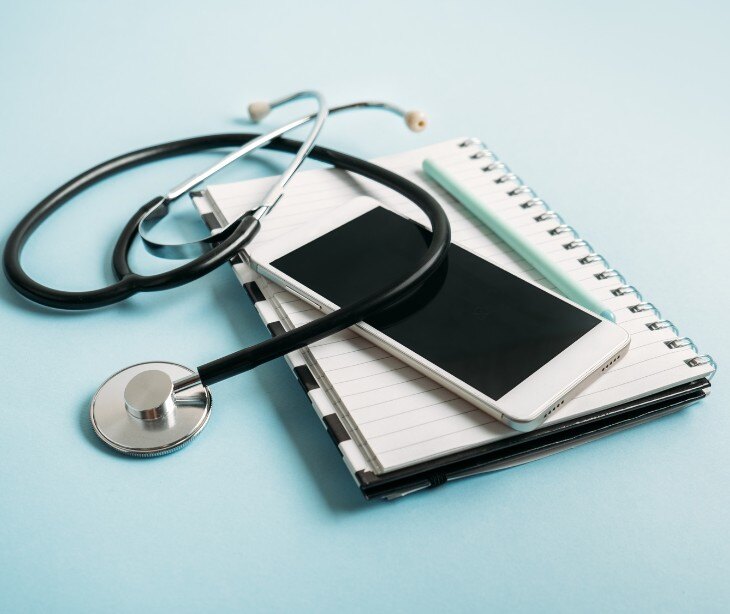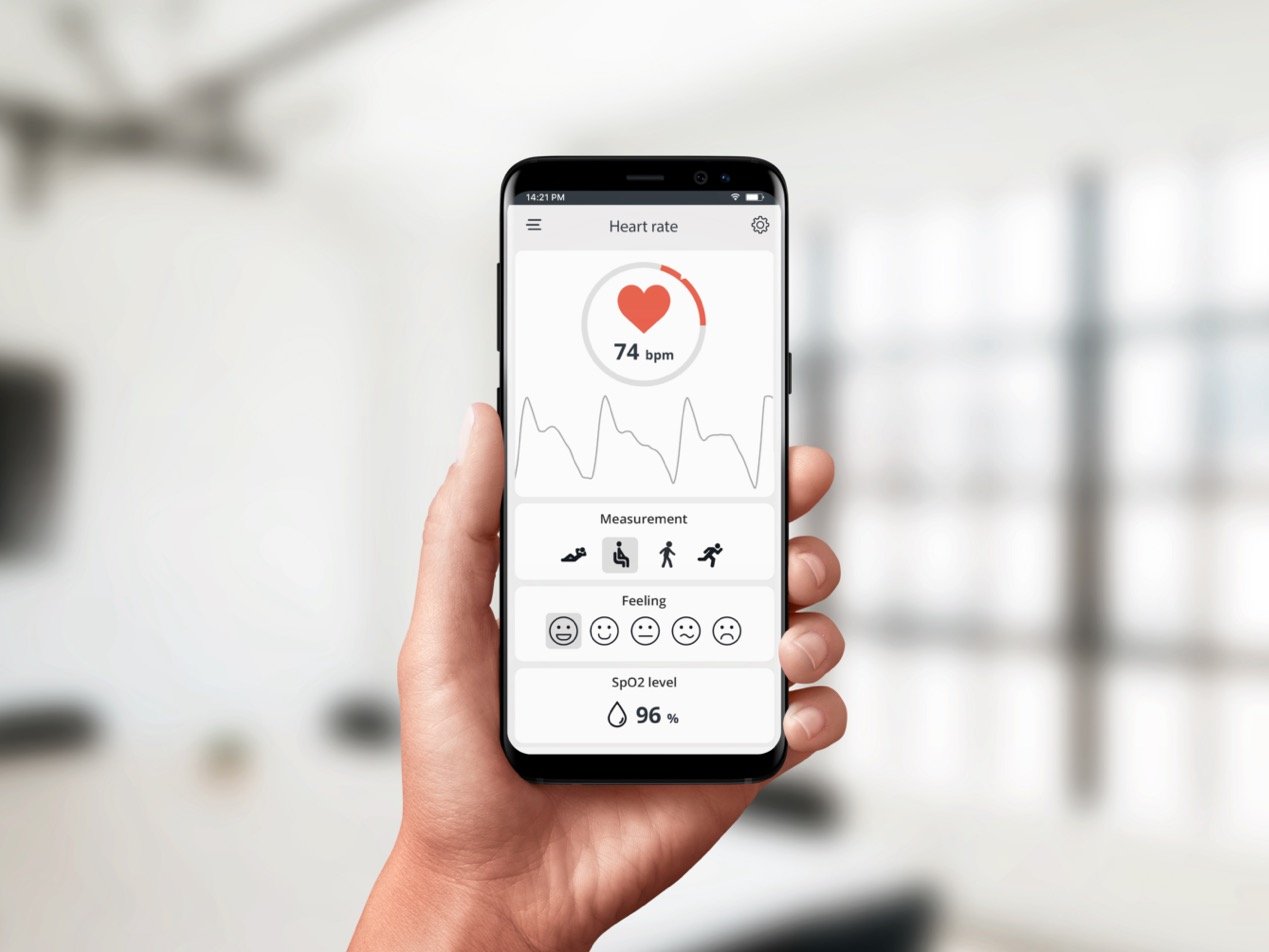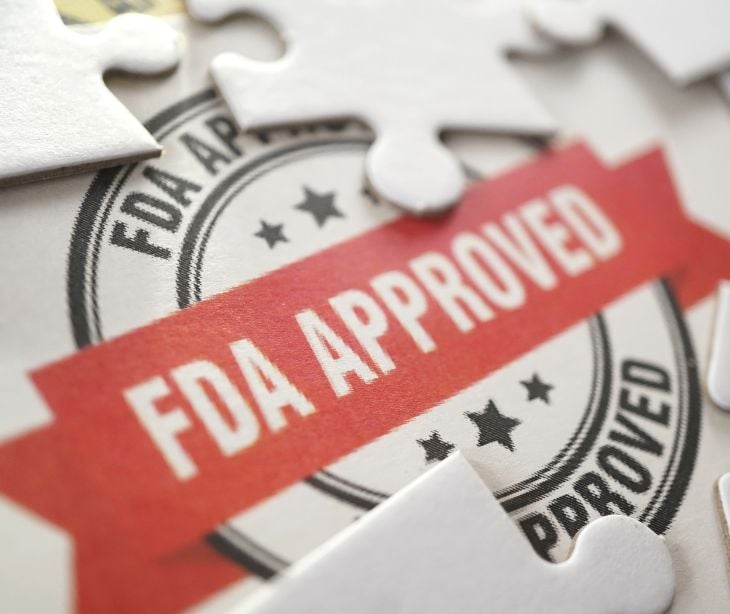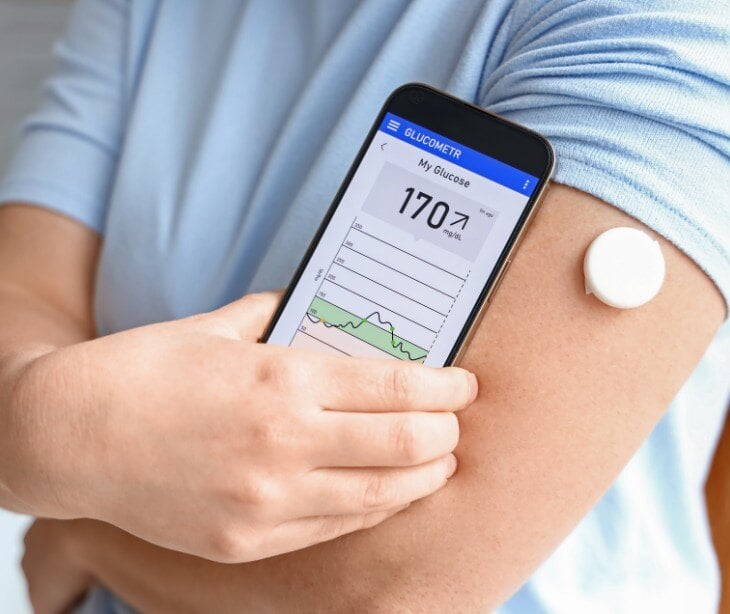2 min read
Remote patient monitoring strategies for mental health professionals
Tshedimoso Makhene
July 12, 2024

Remote patient monitoring (RPM) systems are designed to monitor and collect data remotely and can be used for many conditions, from mental health to fitness and weight monitoring. Mental health professionals should consider using strategies like digital platforms, wearable devices, data analytics, and more for RPM systems.
Strategies for implementing RPM in mental health care
Remote patient care gained significant traction following the COVID-19 pandemic, but even years later, it seems here to stay. It can be helpful for patients in rural locations, those who need consistent monitoring, and individuals who may not be able to travel.
With the integration of RPM technology, mental health care is quickly evolving. RPM provides a continuous data stream, facilitating timely interventions and personalized care by mental health professionals.
Below are strategies for implementing RPM in mental healthcare settings:
Use digital health platforms and keep electronic health records (EHR)
- Mobile apps: Use apps designed for mental health tracking (e.g., mood trackers, anxiety monitors, journaling apps).
- Telehealth platforms: Incorporate platforms that support video consultations, messaging, and secure data sharing.
- Electronic health records (EHR): Integrate RPM data with EHR systems to maintain comprehensive patient records.
Wearable devices
- Activity trackers: Use devices that monitor physical activity, sleep patterns, and heart rate, as these can indicate mental health status.
- Smartwatches: Many smartwatches include built-in health monitoring features that can provide valuable data.
See also: HIPAA compliance in wearable devices
Regular check-ins
- Automated surveys: Send regular, automated surveys to patients to assess their mental health status. Tools like the Patient Health Questionnaire (PHQ-9) or Generalized Anxiety Disorder (GAD-7) can be used.
- Symptom tracking: Ask patients to log symptoms daily, which can help identify patterns and triggers.
Real-time alerts and notifications
- Critical alerts: Set up alerts for significant changes in a patient’s condition, such as sudden drops in mood or spikes in anxiety.
- Medication reminders: Send reminders to patients to take their medications as prescribed.
Data analytics and AI
- Predictive analytics: Use data analytics to predict potential mental health crises and intervene early.
- AI chatbots: Implement AI chatbots for 24/7 support, providing coping strategies and immediate assistance when needed.
Secure communication channels
- Confidentiality: Ensure all communications are secure and comply with regulations like HIPAA.
- Encryption: Use encrypted email or messaging apps to communicate with patients.
See also: HIPAA Compliant Email: The Definitive Guide
Family and caregiver involvement
- Support networks: Involve family members or caregivers in monitoring when appropriate, with patient consent.
- Shared monitoring: With patient consent, allow caregivers to have access to certain data to help support the patient’s mental health.
Customized care plans
- Personalization and adjustment: Tailor RPM strategies to fit the needs of each patient. Continuously adjust care plans based on the data collected through RPM.
- Education: Provide individuals with resources for mental health care management specific to their needs.
See also: Personalized patient education, HIPAA, and AI
Benefits of RPM
RPM provides continuous monitoring of patients, allowing for real-time data collection and early detection of mental health issues. It improves patient engagement, enhances communication, and enables personalized care. It also streamlines workflows, supports proactive care, and can reduce hospitalizations by preventing crises.
FAQs
Is patient data collected through RPM secure?
Reputable RPM systems adhere to strict security protocols, including data encryption, secure communication channels, and compliance with regulations like HIPAA.
Why would mental health professionals use an RPM system? What are the potential challenges of implementing RPM in mental health care?
An RPM system can help mental health professionals continuously monitor patients and allow for early intervention and crisis management. RPM systems also increase access to health care monitoring for those in rural areas or who cannot travel.
Subscribe to Paubox Weekly
Every Friday we'll bring you the most important news from Paubox. Our aim is to make you smarter, faster.




